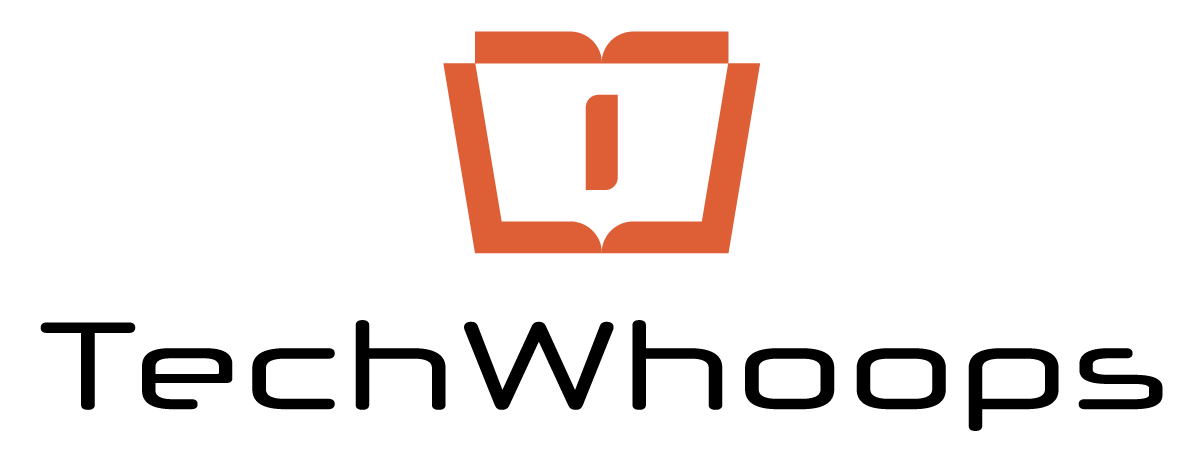At TechWhoop, our mission is simple: help people make confident tech decisions with independently researched, hands‑on tested, plainly explained guidance. These Editorial Standards set the rules for how we research, test, review, and update content—so readers and search engines can trust what we publish.
Summary of our promise
-
“People‑first, research‑driven, and hands‑on where it matters”
-
“Clear sourcing, transparent methodology, and fair comparisons”
-
“No pay‑to‑play, ever; advertising and affiliate links don’t influence coverage”
-
“Named authors with relevant experience; rigorous editorial and fact‑checking workflow”
-
“Fast, visible corrections; continuous updates as products and software change”
Table of Contents
How E‑E‑A‑T guides TechWhoop
Experience. We prioritize first‑hand use of products, software, and services. When hands‑on testing isn’t feasible, we disclose that and explain our evaluation approach.
Expertise. Articles carry named bylines and are written or reviewed by contributors with relevant background (e.g., hardware engineering, sysadmin, mobile dev, IT support, network security, or long‑term category specialization).
Authoritativeness. We cite primary sources (official docs, release notes, standards bodies) and demonstrably compare alternatives with repeatable tests. We keep evergreen guides fresh with dated updates and version notes.
Trustworthiness. We separate editorial from monetization, clearly label sponsorships, publish a corrections policy, and protect reader privacy. Our testing artifacts (photos, screenshots, logs) are captured and retained.
Our research & sourcing principles
-
Primary over secondary. We prefer manuals, spec sheets, developer docs, academic/industry papers, changelogs, and public standards over second‑hand summaries.
-
Verify claims. Performance, battery life, compatibility, and security claims are validated via repeatable tests whenever possible.
-
Transparent citations. We link out to sources we reference, especially when citing data, benchmarks, or known issues.
-
Context matters. We explain trade‑offs, not just features: who a product is for, when it’s overkill, and which alternatives suit different budgets or platforms.
-
Multiple sellers. Where appropriate, we link to more than one retailer to keep shopping options transparent and avoid bias.
Product reviews: hands‑on testing & methodology
Our reviews are designed to reflect real‑world use. Typical steps:
-
Acquisition.
-
Preferably retail‑purchased units. When a sample is supplied, we say so.
-
We do not accept conditions on coverage; loans are returned.
-
-
Setup & environment.
-
Document firmware/OS versions, test rigs, network conditions, and relevant configuration.
-
Reset and re‑test after major updates when they materially change results.
-
-
Core tests (examples by category).
-
Laptops/desktops: CPU/GPU benchmarks, thermals & acoustics, display measurements, battery rundown, build & repairability.
-
Phones/tablets: camera testing (controlled + real‑world), battery endurance, update policy, network performance.
-
Networking/IoT: throughput, range, latency, interoperability, security posture (updates, encryption defaults).
-
Software/apps: feature depth, performance footprint, privacy practices, platform support, pricing fairness, exportability.
-
Peripherals/accessories: latency, durability, compatibility, ergonomics.
-
-
Evidence capture.
-
Photos, screenshots, short clips, and raw logs where applicable.
-
We label edited media and never stage conditions that would mislead.
-
-
Comparative analysis.
-
Side‑by‑side testing against relevant competitors and previous models.
-
We call out advantages, drawbacks, and best alternatives for different use cases.
-
-
Long‑term notes.
-
When we keep units, we add durability and update observations over time to the same review or a follow‑up.
-
-
No pay‑to‑review.
-
Payment, gifts, or partner status cannot buy coverage, influence scores, or guarantee a positive outcome.
-
When a hands‑on review isn’t possible (e.g., unavailable in our region), we publish a non‑scored “first look” or guide with clear disclosure on what is and isn’t tested.
Ratings, comparisons & how we score
Score scale. We use a 0.0–10.0 scale with one decimal place. Scores summarize, they don’t replace the narrative.
Weighting by category (example):
-
Performance: 35%
-
Design/Build/Ergonomics: 15%
-
Features & Software Support: 20%
-
Privacy/Security/Updates: 10%
-
Value for Money: 20%
Each category page documents its specific weighting and decision‑making factors. If a category changes (e.g., AI features becoming critical), we update the weighting and note the change in the review’s version history.
Comparisons. Every review explains what sets the product apart, where it underperforms, and which alternatives we recommend for different budgets or needs.
Pros & cons. We always include concise, evidence‑backed Pros/Cons to help skimmers make decisions quickly.
Updates, maintenance & version history
-
Guides & roundups are reviewed at least quarterly (or sooner for major launches/OS releases).
-
Reviews receive updates for significant firmware, price, or competitive shifts.
-
Each updated article includes a “Last updated” date and, when substantive, a brief change log describing what changed and why.
-
Deprecated picks are either removed or moved to a “previously recommended” section with rationale.
Independence, conflicts & disclosures
-
No paid endorsements. Editorial decisions are independent from revenue.
-
Conflicts. Contributors must disclose any prior employment, consulting, close relationships, or financial interests related to coverage. Significant conflicts mean reassignment.
-
Loans & gifts. Loaner units are returned. We do not accept gifts that could create perceived or real bias.
-
Event travel. Travel sponsored by a company is disclosed; coverage remains independent.
Advertising & affiliate links: how we make money
-
Display ads may appear around content; editorial staff does not control ad targeting.
-
Affiliate links may earn TechWhoop a commission when you make a purchase. Commissions do not affect our recommendations or prices you pay.
-
We strive to offer multiple purchase options where available.
-
Sponsored content (if any) is clearly labeled (e.g., “Sponsored” or “Advertisement”) and kept separate from editorial.
Fact‑checking, editing & bylines
-
Bylines & credentials. Each article lists its author and, when applicable, a category‑expert reviewer.
-
Editorial workflow.
-
Writer drafts with sources and test data
-
Editor reviews for clarity, structure, and policy compliance
-
Fact‑checker verifies claims, numbers, and citations
-
Final sign‑off adds SEO, accessibility, and schema details
-
-
Expert review. Content covering advanced topics (e.g., security, data recovery) is expert‑reviewed prior to publication.
Corrections & reader feedback
We correct errors promptly and visibly.
-
Minor fixes (typos, grammar) are made silently.
-
Substantive corrections (facts, figures, conclusions) are labeled with a “Correction” or “Update” note including the date and what changed.
-
To report an error or request a clarification, please use our Contact Us page and include the article URL, the issue, and supporting evidence.
Image, video & evidence policy
-
We prefer our own original photos/screenshots. When using supplied media or manufacturer assets, we label them.
-
We do not manipulate images in ways that misrepresent results.
-
Benchmarks and charts are labeled with tools, versions, and settings.
-
For video demos, we avoid cuts that could obscure problems (e.g., stutters, load times).
Privacy, security & safety considerations
-
We evaluate update policies, permission requests, encryption defaults, and data‑sharing claims where relevant.
-
We never request or store reader passwords, 2FA codes, or sensitive personal data.
-
Review devices are factory reset before disposal or return.
Accessibility & inclusive language
-
We aim for clear, readable language and avoid unnecessary jargon.
-
Key media have alt text or captions; tables and charts include textual summaries.
-
We consider accessibility features (e.g., magnification, screen reader support, remappable buttons) as part of our evaluation where applicable.
Use of AI tools
-
We may use AI tools for grammar checks, idea organization, or data extraction from our own notes.
-
AI never replaces human judgment on product quality or recommendations.
-
All published content is planned, reported, edited, and approved by humans.
-
Any AI‑assisted content is reviewed for accuracy, bias, and originality prior to publication.
Contact TechWhoop
Questions about these standards, or concerns about an article? Please reach us via the Contact Us page. We read every message and respond to good‑faith inquiries.

